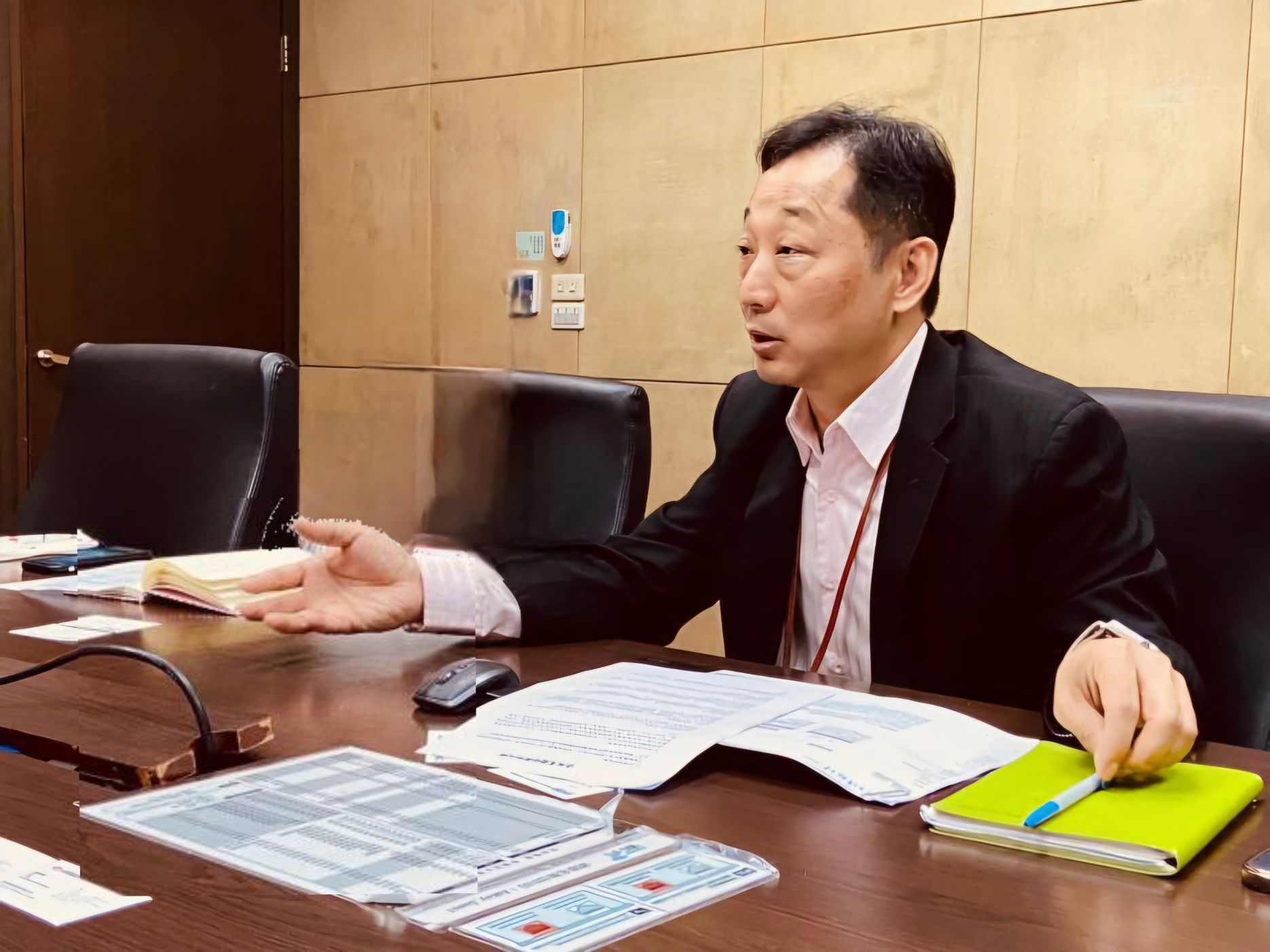
|
|
前景光明獲利可期 專訪亞旭電腦特別助理周明峯先生
亞旭電腦轉型迎來新契機
2006年,華碩電腦合併亞旭電腦後,就規劃亞旭透過通訊業轉型,以迎合數位匯流的趨勢。如今,公司正處於企業數位轉型的陣痛期。亞旭電腦特別助理周明峯表示,經歷多年投資後,公司有望明年迎來顯著的獲利成長,因為先期的投資為未來的收穫奠定了基礎。然而,新事業的成功需要股東的全力支持,以承擔先期投資所帶來的資金與財務壓力。
亞旭如何在叢林中披荊斬棘佈建未來五年的路: 亞旭近年來投入物聯網、車聯網及5G應用等新技術的開發,持續為實現獲利回收目標而努力。同時,為滿足客戶需求,亞旭進行了越南擴廠的投資,導致費用增加。亞旭目前擁有不錯的客戶群體,其中包括多家電信營運商。此外,將中國吳江廠遷至越南一廠和二廠,是因應中美貿易戰所做的策略調整,符合全球產業趨勢。 由此可見,隨著明年臨近,若如預期般迎來大幅獲利增長,亞旭電腦在未來五年內有望持續見到獲利的曙光,前景可期。 以市場需求為導向的新商業模式 亞旭電腦表示,早在公司策略轉型會議中,就明確訂定了亞旭的轉型目標。過去,公司主要為客戶提供客製化產品,採用代工OEM/ODM模式進行銷售。如今,公司正在尋找新的商業模式,透過成為解決方案合作夥伴,來定義市場、傾聽市場與客戶的聲音,從而協助公司實現轉型策略的落地,延伸專業技術並強化多元競爭力。 亞旭的專長在於通訊領域,但在未來整合更多解決方案以滿足客戶需求時,必須具備更強的能力。為了抓住更多學習和成長的機會,亞旭近年來積極參與了多個政府專案,進行各種場域試驗,包括5G開放網路、衛星、AI等不同應用。這些專案為企業提供了數位轉型升級的寶貴機會。亞旭將通過這些場域試驗,評估是否能在未來針對客戶需求進行複製或擴散,以市場需求為導向,提升客戶服務品質。 企業在轉型過程中需要持續投入,因此相對的資源投資也會較多。在市場仍處於萌芽階段時,短期內財務營收數字的提升需要更多努力。目前仍處於較為艱難的時期,周明峯作了以上表示。 布局全球市場的發展策略 關於轉移廠房的生產成本,周明峯表示,將吳江廠的生產線轉移至越南一廠和二廠,主要是因應中美貿易戰和美方客戶要求分散風險的需求。當初,美國政府推動的投資美國及友岸外包策略,促使亞旭評估在美國設廠的可能性,但由於成本過高,最終選擇了成本更具競爭力的越南。因此,公司在越南建設了兩個廠,專注於生產北美市場所需的車載產品和網通相關產品。預計在1至2年內,這項投資將帶來良好的生產績效回報。 亞旭最大的市場是北美地區,占逾50%的營收,其次是日本市場,歐洲市場排名第三。周明峯表示,此市場布局與公司的產品策略密切相關。由於亞旭在研發上投入較多,技術開發較為尖端,因此歐美和日本市場對新技術的接受度較高,會優先採用。今年,公司在CES、MWC和Computex等展會上,均展出了領先業界的新技術。 周明峯表示,相較於同行,亞旭在技術投資方面具有更長遠的眼光。例如,公司協助晶片商將產品實際落地。在台灣,亞旭參與了國科會轄下國網中心前瞻計劃第二期的民生物聯網專網計劃,協助政府建置4G專網,這些投入都處於非常早期的階段。此外,公司還協助台北車站建立智慧化應用,投入了大量資源,並從中獲得了寶貴的啟發,了解到如何更好地經營這類市場。 為提升國際競爭力,亞旭立足台灣並放眼全球市場變化。周明峯表示,當美國實施就業和基建法案,投資大量新科技時,亞旭會評估如何獲得商機並進行投資,與當地合作廠商協同開展研發配套措施。目的是提前體驗市場,以便深入了解市場需求,進而開發出符合客戶需求的解決方案。這些都是亞旭的市場導向開發策略,與同業的純代工思維有所不同。 亞旭表示,科技產品的發展終究是為了建構民眾良好的數位生活方式,包括智慧城市、智慧居家、智慧交通等方面。在此一潮流中,亞旭認識到終端使用者對「資安」的需求,即使運營商尚未完全認同,但這一需求依然必須被滿足。儘管亞旭主要服務於B2B市場,主要客戶為運營商,但從長遠來看,數位生活的最終使用者仍是End User。因此,亞旭仍強調「資安」方案的重要性,顯示出公司在視野上異於同業。 AI時代裡 產業政策的法令訂定要更開放 亞旭放眼全球,回到台灣後,對政府提出建議,認為應在「法令」層面上推動市場開放,促進公平競爭,而非僅僅保護某些既有產業。同時,產業政策的訂定應具有清晰的方向,以便業者能夠在全球市場中進行競爭。此外,產業政策的落實需具備持續性。面對AI時代,政府應明確訂定產業政策及相關配套措施,並採取開放的態度,以確保政策和管理規則的有效性。  亞旭電腦特別助理/周明峯
|
